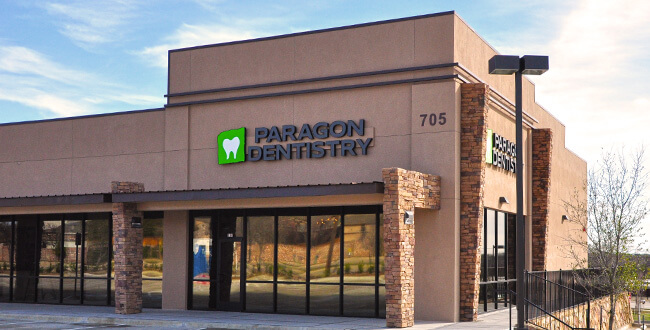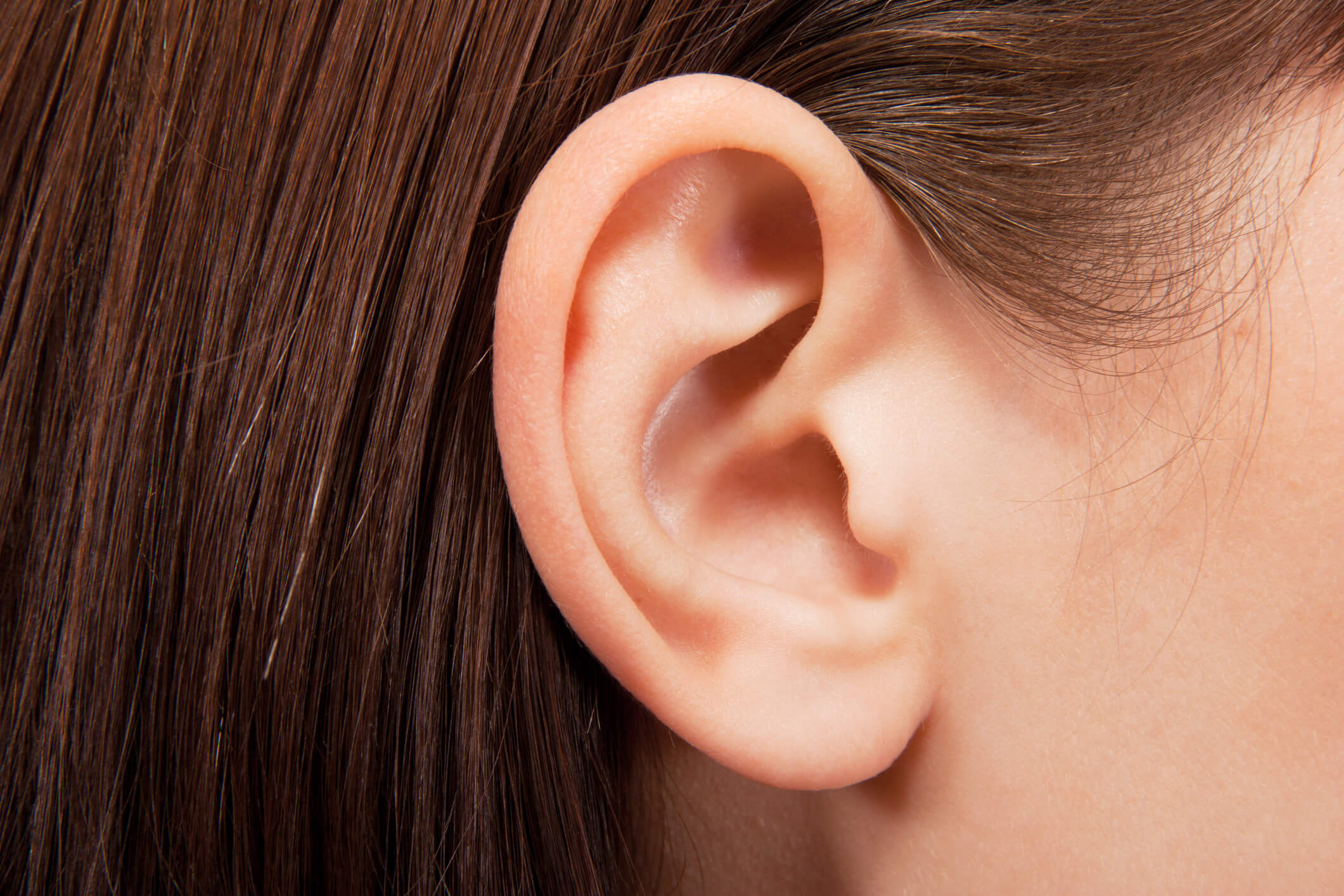Starting a Dental Practice From Scratch: Part 1
Five years ago, I started a dental practice from scratch. Brand new building, brand new equipment, zero patients, and zero cash flow.
Building a Brand New Dental Practice
We were in a network with over 15 insurance plans, opened early mornings, and stayed open until late evenings — our patient base grew quickly. After two years, I found myself still working the same long hours, attempting to accommodate as many patients as I could.
I was working at my own practice three days a week and at another practice the other three days. I was totaling six days a week! I always valued continuing education, but my schedule only allowed for online education on the weekends or the “slow days” during the week.
Burning Out or Slowing Down
As my own practice got busier, I found myself doing over 30 hygiene exams a day, along with seeing 12-15 restorative patients per day. I was jumping room to room nonstop. I started to realize I would not be able to keep up this pace forever. Something had to change.
I had conversations with my team about going out of network with some insurance plans. The feedback I got from them was, “I think we will lose a lot of patients. Our patients are all insurance driven.” As a result, we kept “grinding it out.”
Shortly after, I attended a lecture by Dr. Jeff Baggett at a dental conference in town. When I saw his dentistry and his enthusiasm for dentistry, I thought to myself, “Man, I wish I was that enthusiastic.” I loved what I do, but I didn’t see myself going down a very good career path in dentistry.
I kept in touch with Jeff after the conference and he convinced me to go to the Pankey Institute. I was hesitant at first due to the time I would have to take away from work. Eventually, I took a leap of faith and signed up for Pankey Essentials 1 (E1).
To be continued…
Related Course
E4: Posterior Reconstruction and Completing the Comprehensive Treatment Sequence
DATE: July 31 2025 @ 8:00 am - August 4 2025 @ 2:30 pmLocation: The Pankey Institute
CE HOURS: 44
Dentist Tuition: $ 7400
Single Occupancy with Ensuite Private Bath (per night): $ 345
The purpose of this course is to help you develop mastery with complex cases involving advanced restorative procedures, precise sequencing and interdisciplinary coordination. Building on the learning in Essentials Three…
Learn More>











